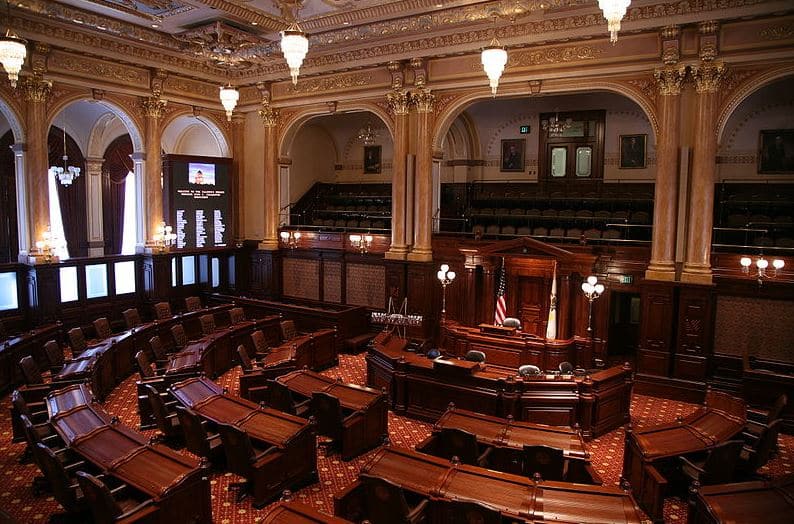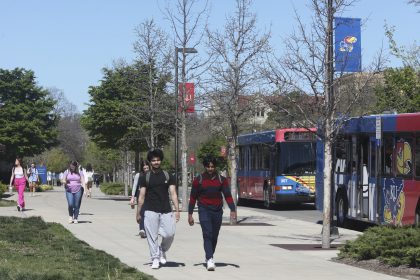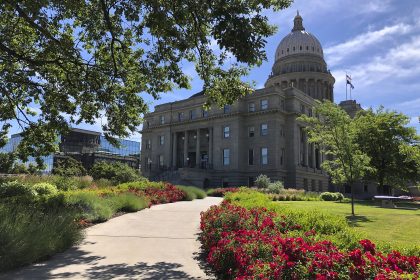Illinois Democrats Plow Ahead Despite Pleas to Go Slow on Redistricting

After two days of public hearings, Illinois Democrats quickly approved new boundaries for state House and Senate district that will ensure their control of the legislature for the next decade,
And they’ve since sent their proposed maps to Democratic Gov. J.B. Pritzker, who has walked back a campaign pledge to veto a partisan-drawn plan.
All this after witness after witness at a hearing held by the House Redistricting Committee revealed a surprising single-mindedness as they testified on the then-ongoing efforts to redraw the state map.
Slow down, the legislative panel was told. Wait for the Census data you need before drawing lines that will be hard to amend later.
On May 28, Senators voted 41-18 and the House followed suit 71-45, both party-line roll calls, on maps setting the boundaries of the state’s 118 House and 59 Senate districts starting with next year’s elections.
Earlier that Friday, also along party lines, the House voted 72-45 and the Senate 41-18 to rewrite the boundaries of the Illinois Supreme Court for the first time in nearly 60 years — again to maintain a Democratic majority on the court.
Why did the redistricting process play out this way, despite public opposition?
To a large extent it was yet another manifestation of this year’s delay in the release of census data. The census has traditionally been the basis for redistricting and statistics are usually released in April. But final census figures are not due until at least mid-August.
That left lawmakers with a situation in which the messy business of redistricting could have rolled right into a number of dates on the state’s political calendar.
To make a June 30 deadline mandated by the state constitution for coming up with a state legislative map, Democrats decided to press ahead using population estimates from the American Community Survey.
The survey is a product of the U.S. Census Bureau, but lacks the granular details of the federal census count.
Had they not met the June 30 deadline, that failure would have set in motion a process where Republicans could, in theory, have wrested control of the legislative map from Democrats through a lottery, before the matter was turned over to an eight-member redistricting commission.
Though many witnesses criticized the Democrats on partisan grounds, a number said they were far more concerned that the process had been rushed and that as result, some minority communities were going to be under-represented and other ethnic enclaves would be split into two or three pieces.
Over the past three months the legislative panel held public hearings, expert witnesses repeatedly advised lawmakers they could ask courts for relief from the state’s constitutional deadline.
Now, there’s already talk of a federal court challenge on the grounds the maps violate voting rights and one-person, one-vote requirements
Throughout, Republicans, a superminority in the legislature, pressed for waiting for the census data, but there was a rub to that — if they did, they’d still be waiting for the information to arrive as candidates for next year’s primary election began circulating candidacy petitions.
Illinois Democrats have suggested moving the primary from March to June 2022 to avoid the conflict, but the proposal wasn’t acted on.
Republicans have now turned to urging the governor to veto the plan and “put the stamp of authenticity on his claims to be a reformer.”
But Rep. Jay Hoffman, a member of the Democratic leadership, accused Republicans of trying to stall the process in hopes of taking it over.
“Let’s not hide behind issues concerning saying ‘we want fair maps.’ Let’s talk about what it really is—you wanting to take back control of the Illinois House of Representatives and the Illinois Senate,” Hoffman said on the House floor.
























